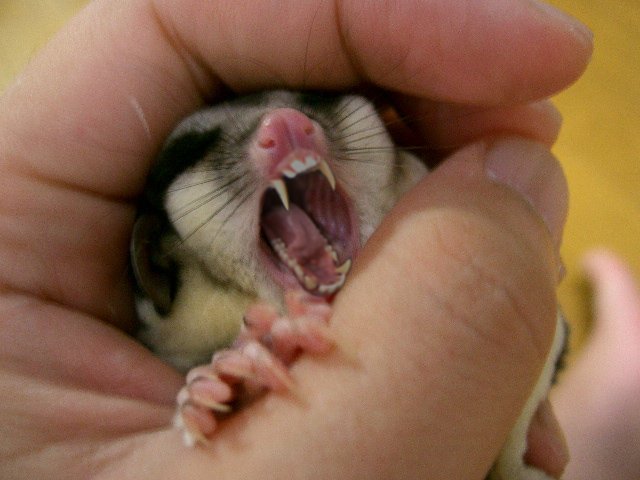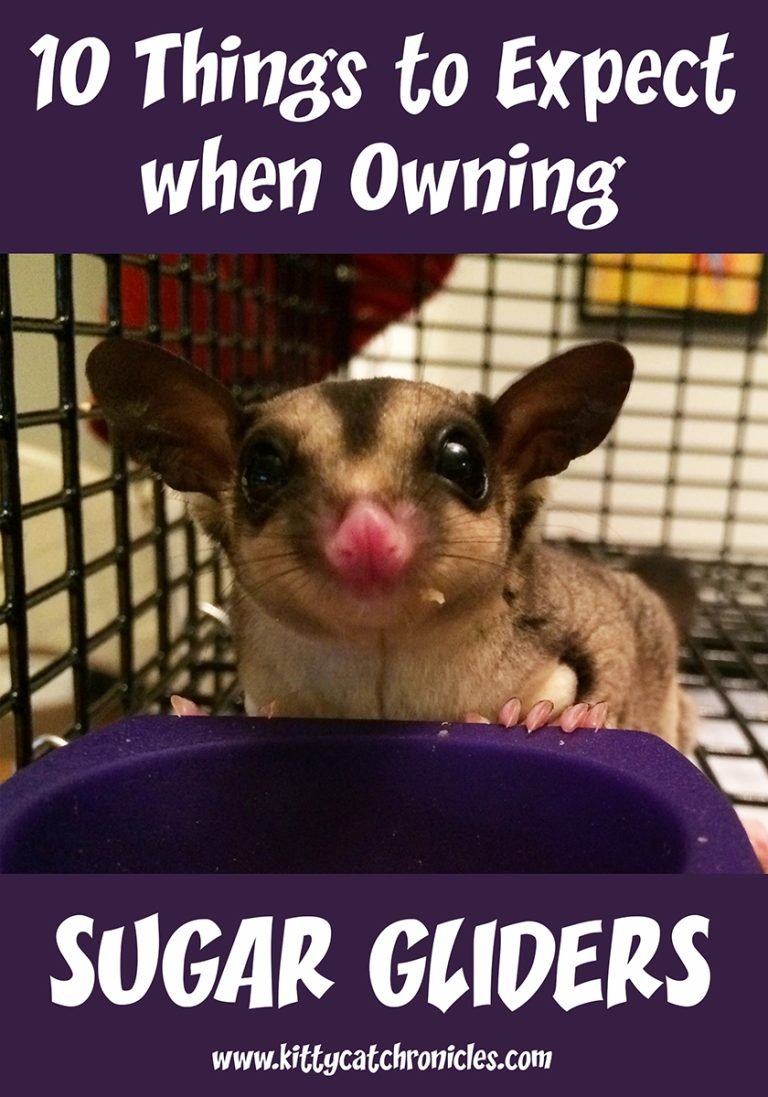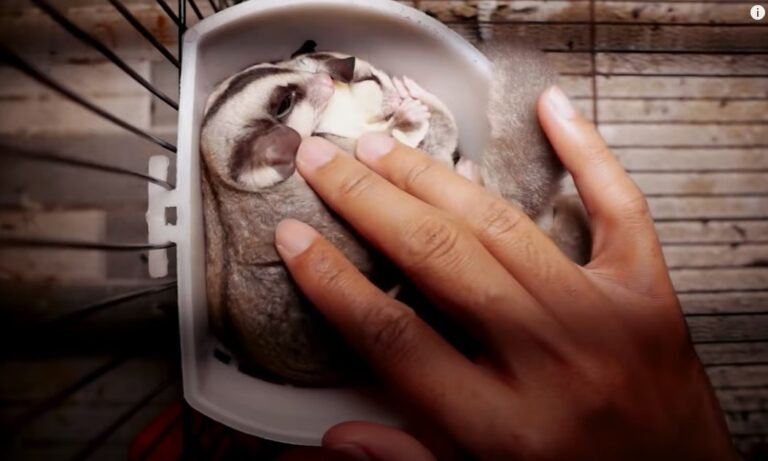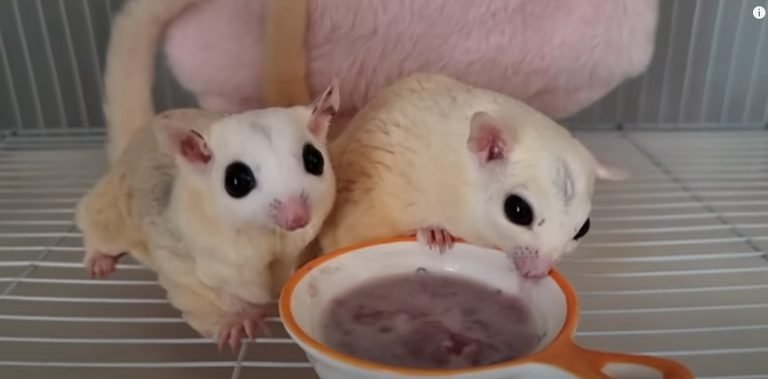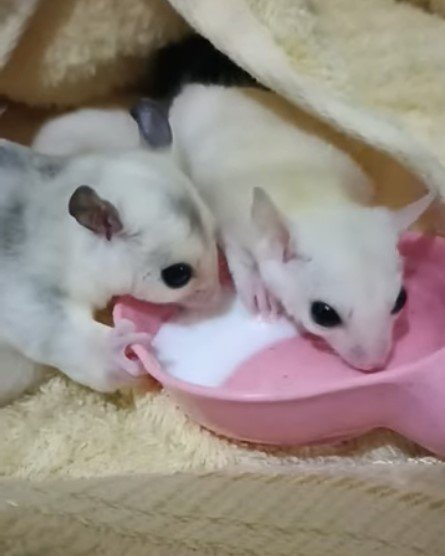Can Sugar Gliders Sleep With You
Can Sugar Gliders Sleep with You?
If you’re considering getting a sugar glider as a pet, one question you may be wondering is, “Can sugar gliders sleep with you?” After all, these charming creatures are known for their social nature and love for cuddling. While it may be tempting to have your sugar glider sleep in bed with you, it’s important to consider several factors before making this decision.
Understanding Sugar Gliders’ Sleeping Habits
Before we dive into whether or not sugar gliders can sleep with you, let’s first understand their natural sleeping habits. Sugar gliders are nocturnal animals, which means they are most active during the night. In the wild, they sleep during the day and spend their nights foraging for food and socializing.

The Importance of Bonding
Bonding is a crucial process when it comes to sugar glider ownership. These small marsupials form strong social bonds and thrive on companionship. Spending time with your sugar glider, including during their active hours, helps build trust and strengthen your bond. However, there are alternatives to having them sleep with you that still promote bonding.
1. Sleeping Pouches
Sugar gliders are naturally den-dwelling animals, and providing them with a cozy sleeping pouch in their enclosure mimics their natural habitat. Sleeping pouches offer a safe and comfortable space for your glider to retreat to during the day. By offering a sleeping pouch in their cage, you can ensure they have a secure and quiet place to rest.
2. Bonding Pouches
Bonding pouches are another useful tool for building a strong relationship with your sugar glider. These pouches are worn around your neck or attached to your body, allowing your glider to snuggle close to you while you go about your daily activities. This way, your glider can be close to you, feel your body heat, and experience your movements, all while ensuring they have a safe environment to sleep in.
The Safety Concerns of Sleeping with Sugar Gliders
While the idea of having your sugar glider sleep in bed with you may seem appealing, it’s important to consider the potential safety hazards. Sugar gliders are small and delicate animals, and accidents can happen unintentionally during sleep. There is also a risk of unintentionally rolling over or squishing your glider while you’re asleep, resulting in injury or even death.
1. Choking and Crushing Hazards
Sugar gliders have a small size and are prone to injury. When sleeping in a bed, there is a risk of gliders getting trapped between cushions, under pillows, or in tight spaces, which can lead to suffocation or injury. Additionally, gliders can be accidentally crushed if someone unknowingly rolls onto them during sleep.
2. Bodily Fluids and Allergies
Another factor to consider is the presence of bodily fluids. Sugar gliders mark their territory by urinating and marking their scent glands on surfaces. Having a glider sleep in bed with you can result in stains, odors, and potential allergic reactions due to the glider’s bodily fluids.
Alternative Bonding Methods
While sleeping with your sugar glider may not be advisable, there are various alternative methods to strengthen your bond and provide a safe sleeping environment for your furry friend.
1. Daily Playtime and Interaction
Dedicate time each day to interact and play with your sugar glider during their waking hours. This can include providing them with stimulating toys and opportunities to climb, glide, and explore. By engaging in interactive play, you can build a strong bond and ensure your glider stays mentally and physically active.
2. Safe Exploration Outside the Cage
Sugar gliders require exercise and mental stimulation. Allowing them to explore a designated glider-proofed space outside of their cage, such as a small glider-proofed room, can be a great bonding experience. Supervised playtime outside the cage promotes exercise, bonding, and exploration while minimizing risks.
3. Grooming and Cuddling Time
Providing regular grooming sessions, such as gentle brushing or tending to their nails, can be a bonding activity for both you and your sugar glider. Additionally, spending quiet cuddle time together in a controlled environment, such as a glider-safe playpen or bonding pouch, can create a special bond between you and your glider.
Frequently Asked Questions
1.Can sugar gliders sleep alone?
Yes, sugar gliders can sleep alone. In fact, they are adapted to sleep in groups, pairs, or alone in the wild. Providing a comfortable sleeping pouch or nest box within their cage ensures they have a safe and cozy place to sleep.
2.Can sugar gliders sleep in the same room as you?
Yes, sugar gliders can sleep in the same room as you. They can be kept in a separate cage in the same room, ensuring they have a dedicated sleeping area that is safe and quiet.
3.Can sugar gliders bond with their owners?
Absolutely! Sugar gliders have a strong capacity for bonding with their owners. By providing them with adequate care, attention, and socialization, you can develop a deep and meaningful relationship with your glider.
Final Thoughts
While the idea of having your sugar glider sleep with you may be appealing, it’s vital to prioritize their safety and well-being. Sugar gliders have specific sleeping habits and social needs that must be taken into account. Providing them with alternative bonding methods and ensuring they have a comfortable sleeping environment within their enclosure will ensure a strong bond and a happy, healthy glider. So, while they may not be curling up beside you in bed, their dedicated sleeping arrangement will still allow you to enjoy their companionship.


